Survival
Practical Tips On How To Craft The Perfect Survival Bow
Practical Tips On How To Craft The Perfect Survival Bow Today I have a guest post on Practical Tips On How To Craft The Perfect Survival Bow. Making a survival […]
How To Layer Up Like A Pro With Wool Infographic
How To Layer Up Like A Pro With Wool Infographic Want to Learn how to layer up like a pro this winter? I found this infographic created by Column Five […]
Holiday Gift Ideas For Survivalist And Preppers 2016
Holiday Gift Ideas For Survivalist And Preppers Now time for something completely different. This year’s Holiday Gift Ideas For Survivalist And Preppers 2016 post is a bit different. In the past, I […]
Back to Basics: Survival Skills Our Grandpas Taught Us
Back to Basics: Survival Skills Our Grandpas Taught Us Learn what Survival Skills Our Grandpas Taught Us today in this guest post. Everyone remembers that time when they spent their […]
3 Preps For The Election 2016 You Need To Get Done
Preps For The Election 2016 Today a new president is elected. I’m really pulling for my candidate. Nobody. Since that isn’t going to happen there are some preps for the […]

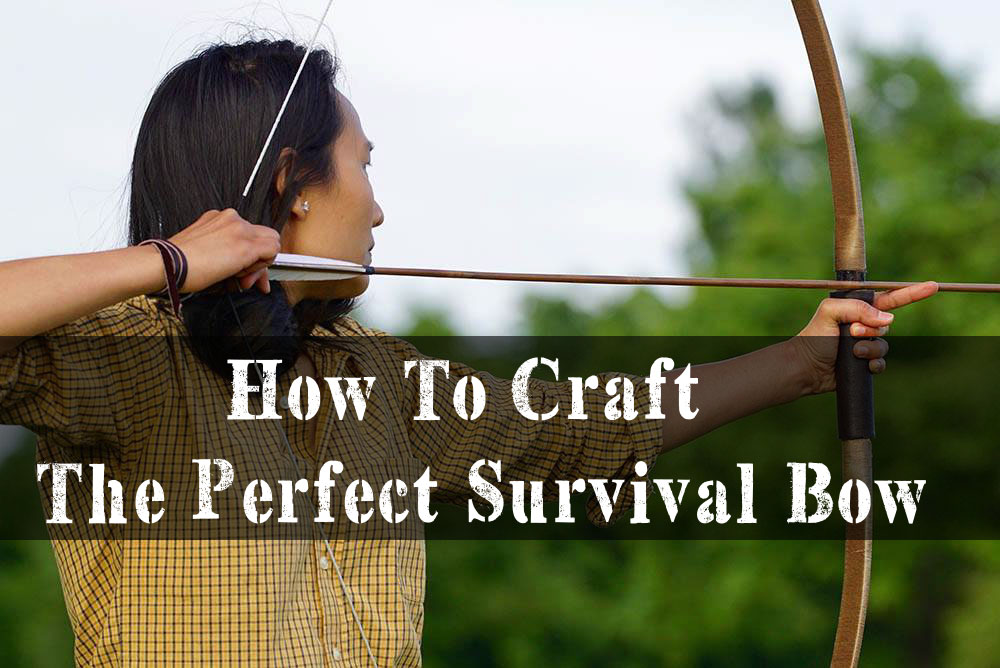


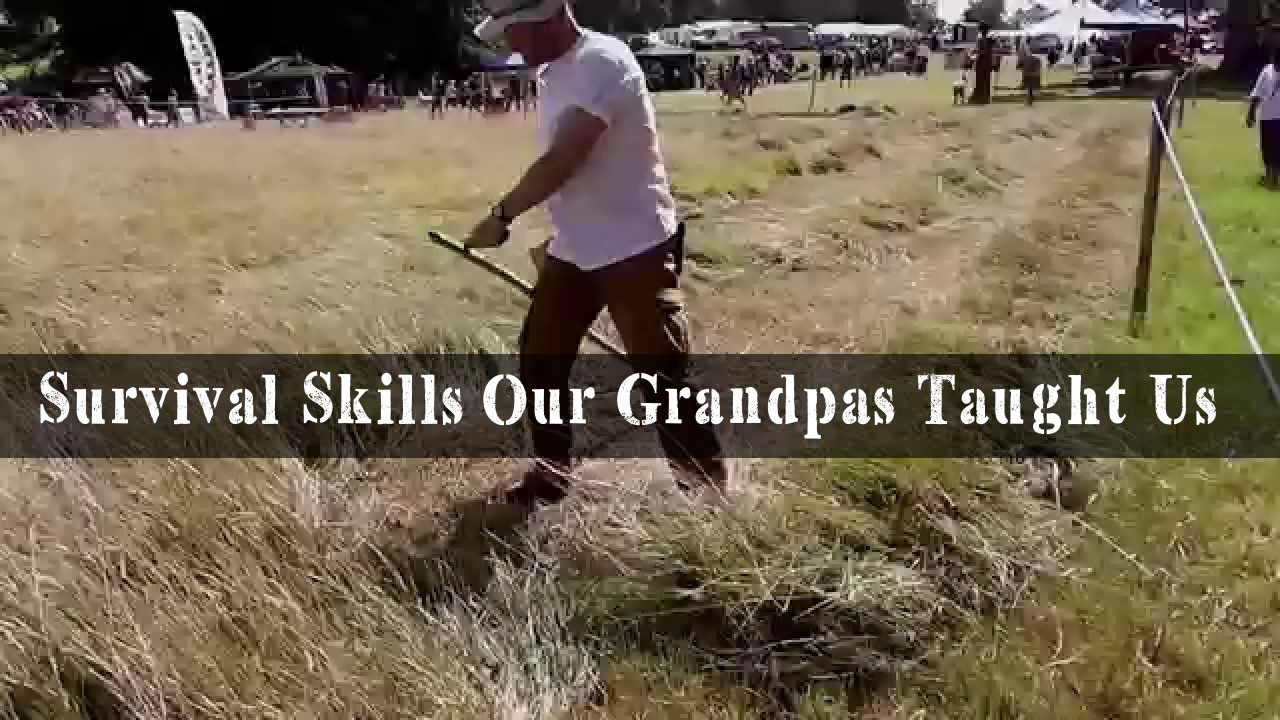



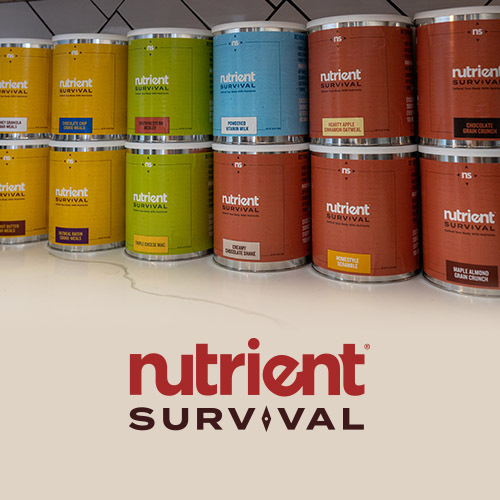
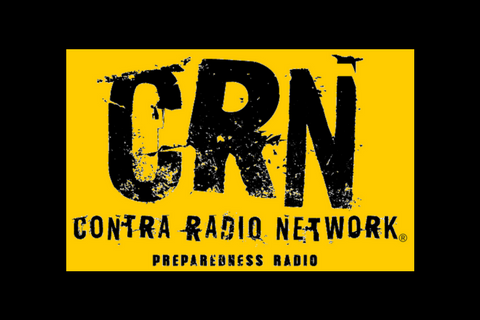

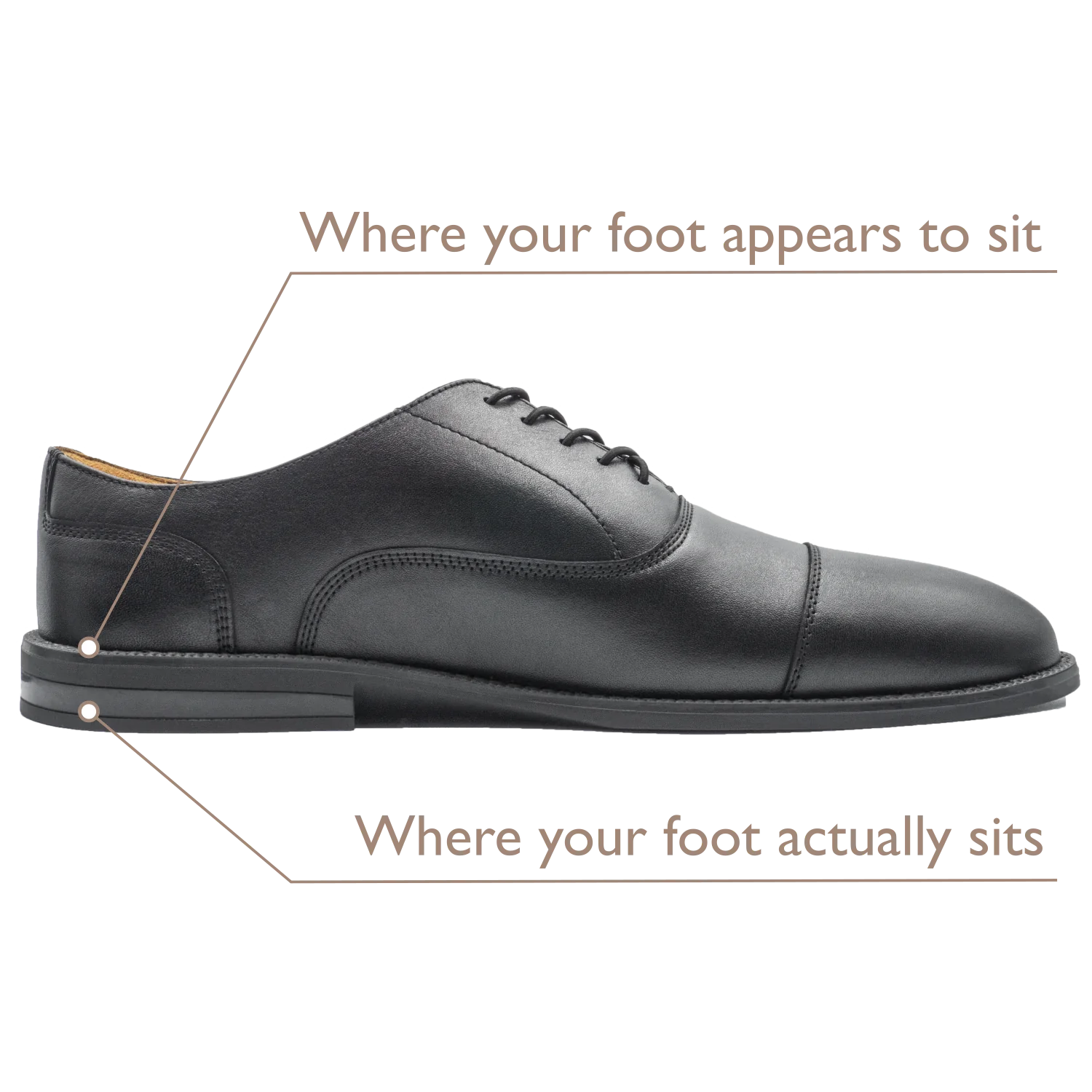
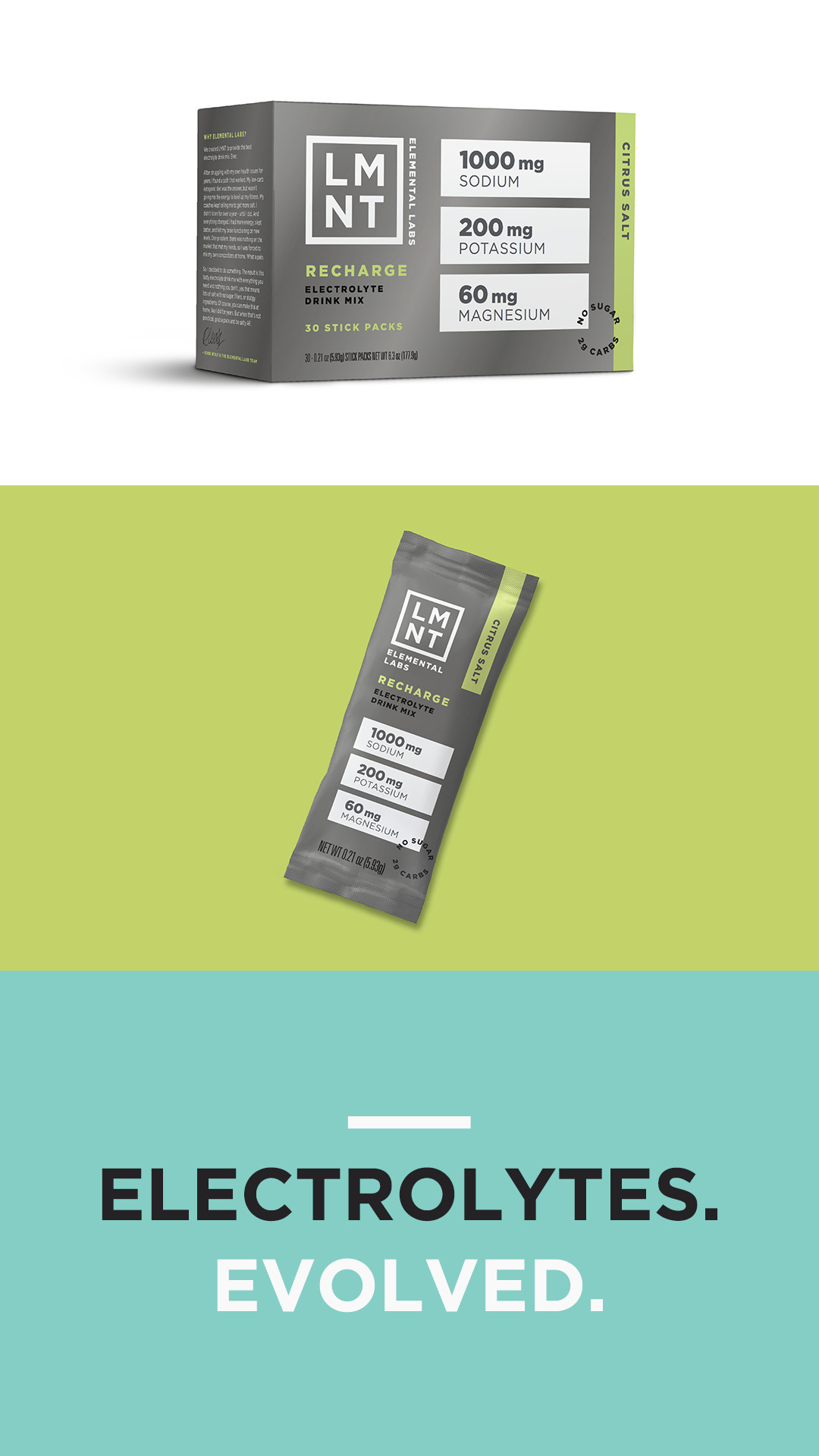

Follow Us!